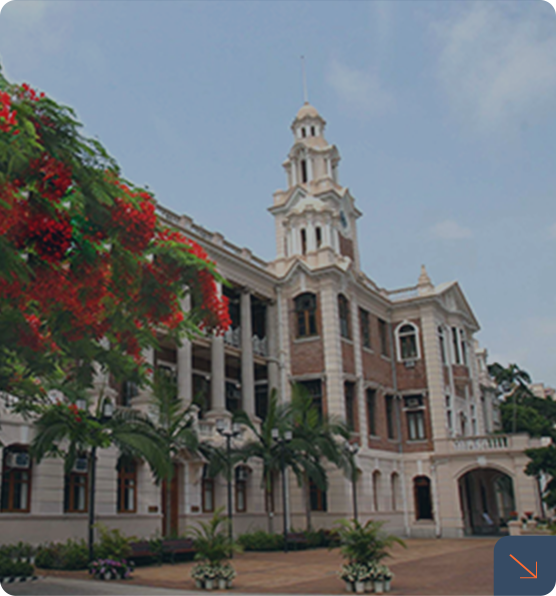近年網上眾籌平台如雨後春荀般湧現,隨社交媒體Facebook開放個人募款功能,部分人士亦以個人網頁形式進行眾籌。港大經管學院首席講師(創新及資訊管理學)丁超表示,社交媒體跟網上眾籌平台性質不同,社交媒體的眾籌模式以捐獻性質為主,但網上眾籌平台主要集中在預售產品層面。

3917 1684
KK 807
We develop a game-theoretic model to explore why retail clusters are so popular in developing economies and when governments should facilitate the formation of retail clusters to improve social welfare. First, we find two determinants of retailer clusters: the valuation-cost ratio (consumers’ maximum valuation over retailers’ production cost) and retailer density (the number of retailers over unit transportation cost). The valuation-cost ratio and retailer density indicate retailers’ profit potential and competition intensity, respectively. Second, the equilibrium cluster size increases in the valuation-cost ratio. This finding explains the phenomenon that clusters are usually larger in developing economies (where numerous retailers sell unrecognized brands with low profit potential) than in developed economies. Third, when the retailer density of a product market exceeds a certain threshold, the market coverages of clusters overlap with each other (i.e., the overlapping case). Furthermore, when compared with the nonoverlapping case, the equilibrium cluster size in the overlapping case is larger for low-profit-potential products but smaller for high-profit-potential products. Together, valuation-cost ratio and retailer density define four types of clusters: overlapping massive clusters, nonoverlapping large clusters, nonoverlapping small clusters, and overlapping mini-clusters. Finally, the socially optimal cluster size is larger than the equilibrium cluster size, and the gap between these two cluster sizes decreases in the valuation-cost ratio.





